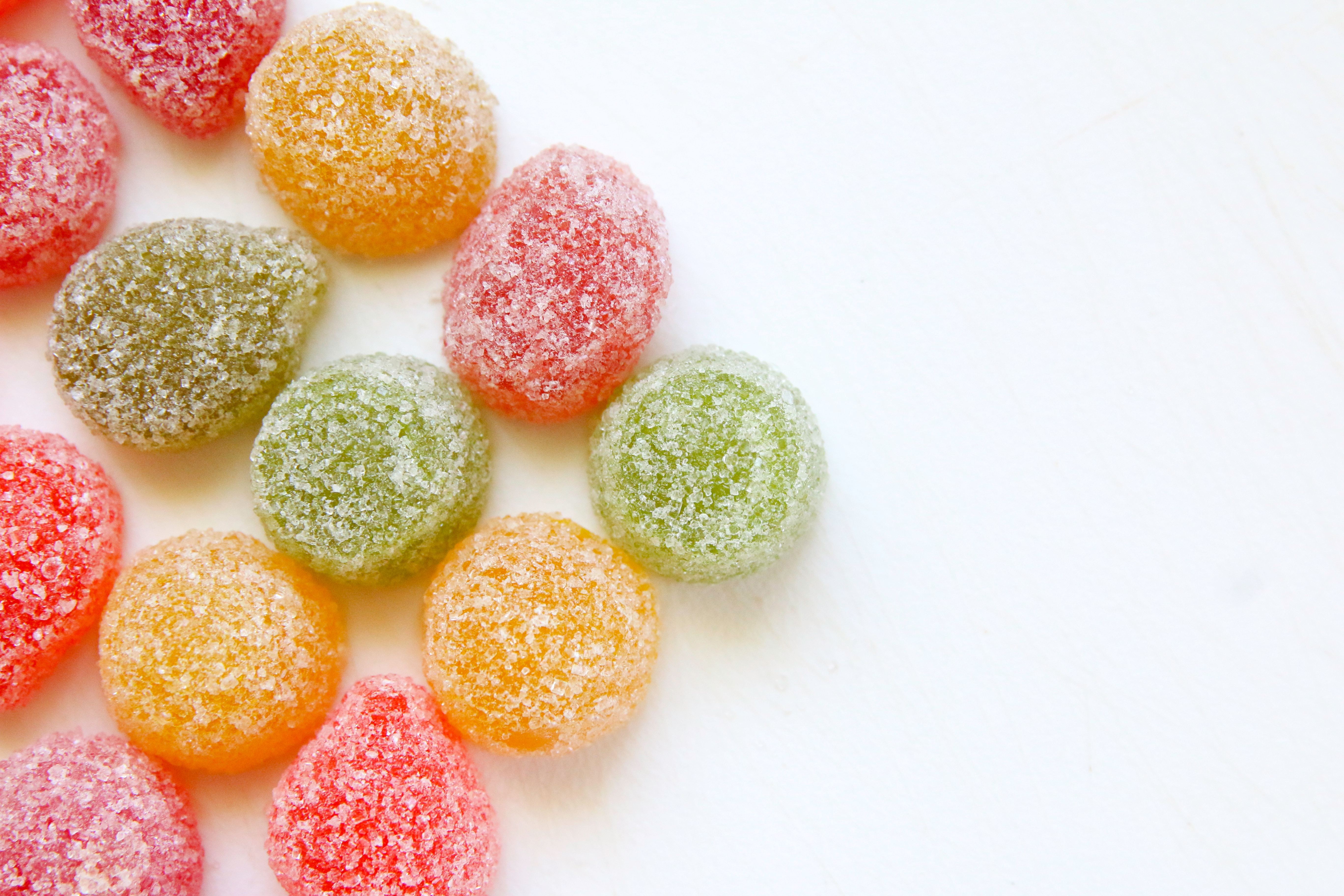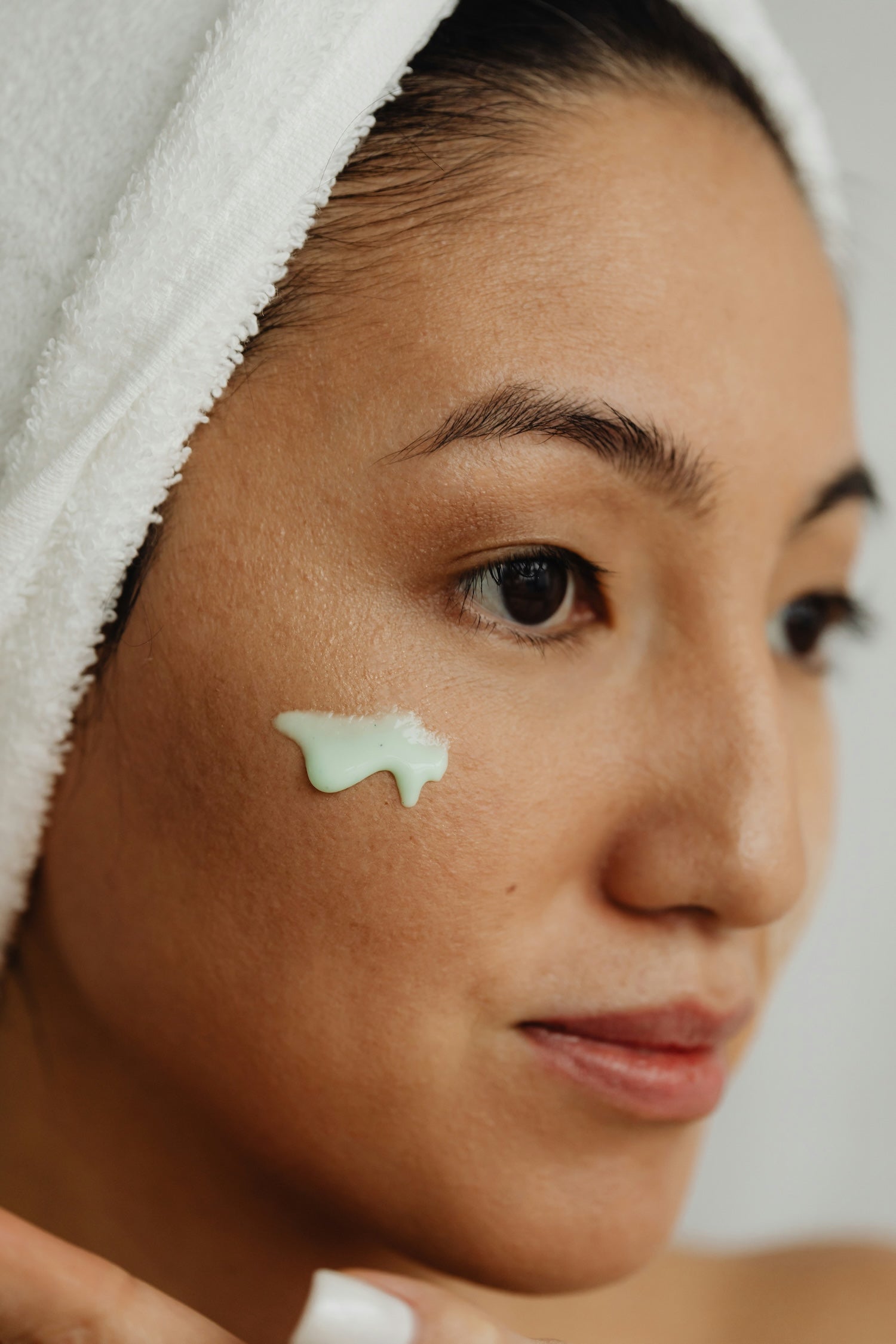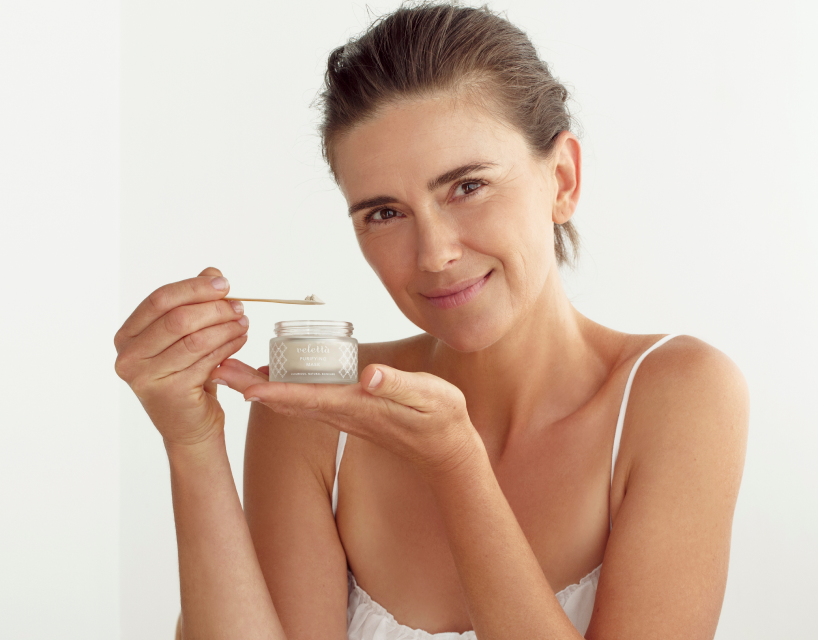We want to cut down the amount of sugar we consume.
Why?
First, there are links between consuming sugar and cancer.
A study in over 430,000 people found that added sugar consumption was positively associated with an increased risk of oesophageal cancer, pleural cancer and cancer of the small intestine. More recently, French scientists followed more than 100,000 people for five years and concluded that drinking an extra 100mls of sugary drinks a day - about 2 cans of coke a week - could increase the risk of developing cancer by 18 percent.
Secondly, there are also clear links between sugar consumption and tooth decay, while sugar contributes to a greater risk of obesity, heart disease, and diabetes and it packs a lot of nutritionally devoid calories.
Finally, as noted in our blog Is sugar ruining my skin after the age of 35, the sugars we consume (or that are produced in our body as we eat processed food) can react with proteins and fats in an abnormal way in a process called glycation producing “advanced glycation end products" (AGEs). This involves sugar molecules permanently bonding to proteins, including elastin (this enables your skin to bounce back) and collagen (this gives your skin strength and firmness) making skin less flexible and more wrinkled.
So what can we do to eat less sugar?
The first step is to stop drinking sweetened drinks. Sugary drinks (including fruit juice) are particularly insidious: by way of example, a child’s risk of becoming obese increases by 60% with each additional sugary beverage consumed daily. Moreover, A study that followed 40,000 men for two decades found that those who averaged one can of a sugary beverage per day had a 20% higher risk of having a heart attack or dying from a heart attack than men who rarely consumed sugary drinks.
We also need to try to avoid low-fat processed foods. Processed low-fat foods often contain a large amount of added sugar (along with very unhealthy trans-fats) to increase the flavour and improve the texture. Essentially, removing the fat means removing flavour and changing the mouth-feel of foods. Manufacturers turn to sugar to address the deficit because adding sugar is a cheap way of adding bulk to foods (which affects mouth-feel), heightening aroma while increasing sweetness and balancing the flavour.
We should all start reading labels. Added sugar is hiding in 74% of packaged foods and comes in many forms. It’s worthwhile knowing its various names so you can see whether your favourite foodstuff is hiding sugar, they include sucrose, glucose, fructose, maltose, fruit juice, molasses, hydrolysed starch, invert sugar, corn syrup and honey. It’s also good to remember that processed food is low sugar if it contains less than 5 grams of total sugar per 100 grams and high in sugar if it contains 22.5 grams or more of sugar per 100 grams.
Re-thinking breakfast can really help. Many of us reach for cereal in the morning to start the day, however, a recent BBC investigation into the sugar content of ‘adult’ breakfast cereals found that there could be more than three-quarters of the recommended daily maximum of free sugars hiding in just one portion. There are plenty of delicious high protein, low sugar breakfast ideas to choose from or perhaps you might like to consider whether to ditch breakfast all together in favour of time-restricted eating.
Reducing sugar will improve your health and make your skin glow. Taking a few simple steps like those identified above could cut a significant number of grams of sugar from your diet each week.
Why not give it a try and reap the benefits?




